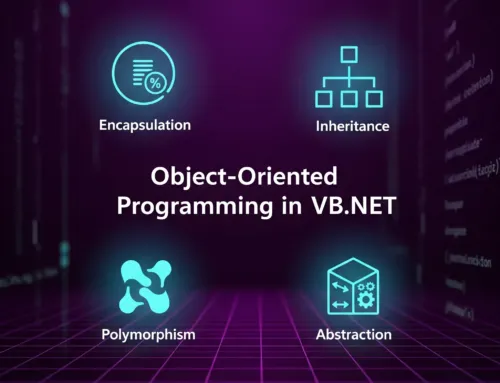
Approx. read time: 3.5 min.
Post: Python Essentials: A Beginner’s Guide to Coding with Python
Python Essentials: A Beginner’s Guide to Coding with Python
Introduction to Python Programming
What is Python?
Python is a high-level, interpreted programming language known for its ease of reading and writing code. It is widely used in various fields, from web development to data science, due to its simplicity and versatility.
Why Learn Python?
- Readability: Python syntax is clean and easy to understand, making it an excellent choice for beginners.
- Versatility: Python is used in web development, data analysis, artificial intelligence, automation, and more.
- Community Support: A large and active community provides a wealth of resources, tutorials, and forums for beginners.
Getting Started with Python
Installing Python
To run Python programs, you need to have Python installed on your computer. Download the latest version from the official Python website and follow the installation instructions for your operating system.
Writing Your First Python Program
Open your favorite text editor or IDE (Integrated Development Environment) and write the following code:
print("Hello, world!")Save this code in a file named hello.py. To run it, open your terminal or command prompt, navigate to the directory containing hello.py, and type:
python hello.pyYou should see the output: Hello, world!
Variables and Data Types
Variables are used to store data. Python has several data types, including strings, integers, floats, and booleans.
Examples:
message = "Hello, Python!"
age = 43
pi = 3.14
is_adult = TrueAssignments:
- Assign your name to a variable and print it.
- Assign your age to a variable and print it.
Basic Operations
Python supports various arithmetic operations:
- Addition:
+ - Subtraction:
- - Multiplication:
* - Division:
/ - Modulus:
%
Examples:
sum = 10 + 5
difference = 10 - 5
product = 10 * 5
quotient = 10 / 5
remainder = 10 % 3Assignments:
- Calculate and print the sum of two numbers.
- Calculate and print the product of two numbers.
Control Structures
If Statements
Control the flow of your program using if statements.
if age >= 18:
print("You are an adult.")
else:
print("You are a minor.")Loops
Loops allow you to repeat a block of code multiple times.
For Loop Example:
for i in range(5):
print(i)While Loop Example:
count = 0
while count < 5:
print(count)
count += 1Assignments:
- Write an
ifstatement that checks if a number is positive, negative, or zero. - Write a
forloop that prints the numbers from 1 to 10. - Write a
whileloop that prints the numbers from 10 to 1.
Functions
Functions are reusable blocks of code that perform a specific task. Define your own functions using the def keyword.
Example:
def greet(name):
print("Hello, " + name + "!")
greet("Alice")Assignments:
- Write a function that takes a number as an argument and returns its square.
- Write a function that takes a string as an argument and prints it in reverse.
Conclusion and Next Steps
Practice writing lots of code and building small projects. Explore Python libraries and frameworks such as Django for web development, Pandas for data analysis, and TensorFlow for machine learning to expand your skills.
Example Project Ideas:
- Calculator: Build a simple calculator that can perform basic arithmetic operations.
- To-Do List: Create a program that manages a to-do list.
- Guess the Number Game: Write a game where the computer randomly selects a number, and the player has to guess it.
Answers to Assignments:
Variables and Data Types:
name = "Your Name"
print(name)age = 30
print(age)Basic Operations:
num1 = 8
num2 = 12
sum = num1 + num2
print(sum)num1 = 7
num2 = 6
product = num1 * num2
print(product)Control Structures:
number = -3
if number > 0:
print("Positive")
elif number < 0:
print("Negative")
else:
print("Zero")for i in range(1, 11):
print(i)count = 10
while count > 0:
print(count)
count -= 1Functions:
def square(num):
return num * num
print(square(4))def reverse_string(s):
print(s[::-1])
reverse_string("hello")By completing these exercises and practicing regularly, you’ll build a strong foundation in Python programming.
Related Videos:
Related Posts:
Introduction to JavaScript – Variables: Mathematical Assignment Operators
Python Online Compiler Code on the Go
Storing and Modifying Information (CRUD)
Introduction to Python Programming Language
Learn Python Hello World Program
SEO for Beginners: Navigating the World of Search Engines – Lesson 1.1
How To Start a Blog – Beginner’s Guide for 2024









